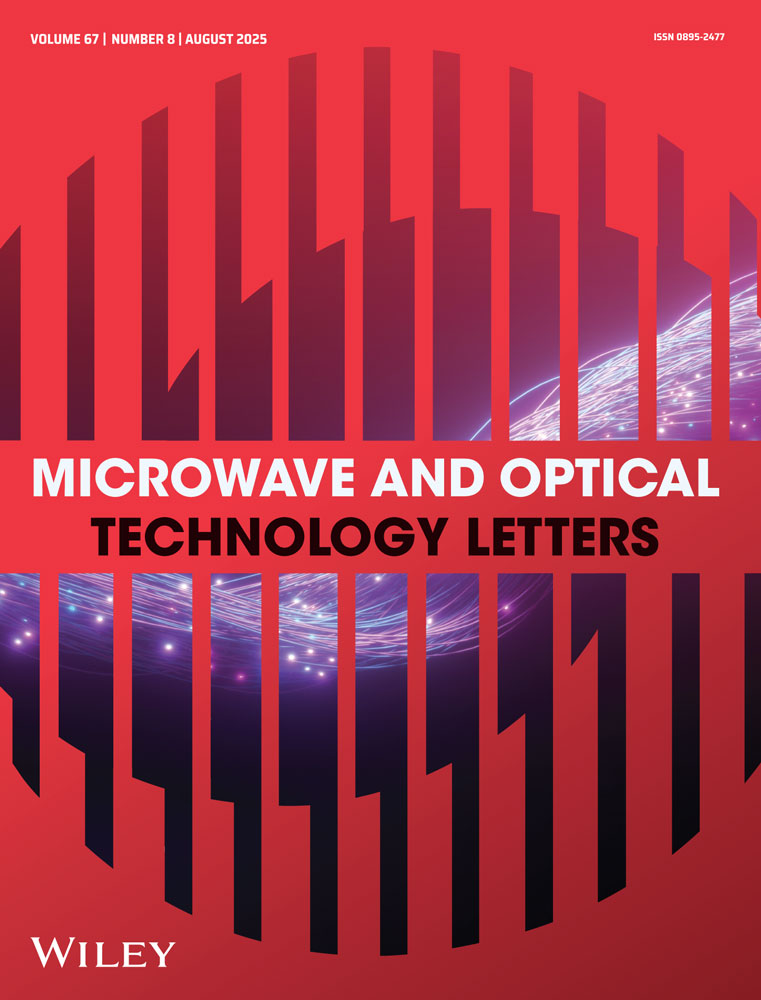Photonic bandgap modification in hollow optical fibers integrated with single walled carbon nanotubes
Abstract
Single-walled carbon nanotubes (SWCNTs) have been infiltrated within the holes of hollow-core optical fibers (HOFs) by Langmuir-Blodgett method in order to develop new in-fiber active and passive optoelectronic devices. Far field transmission characterizations demonstrated HOF's holes successful filling and the SWCNTs' capability to modify the guiding properties of HOFs. © 2009 Wiley Periodicals, Inc. Microwave Opt Technol Lett 51: 2729–2732, 2009; Published online in Wiley InterScience (www.interscience.wiley.com). DOI 10.1002/mop.24725




